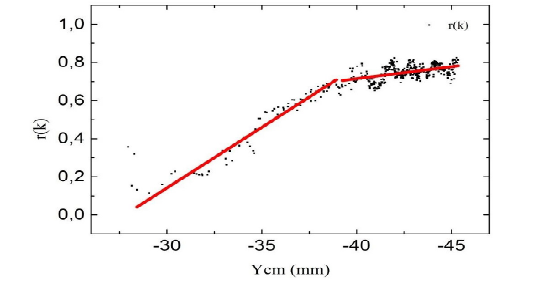Intruder Penetration in Granular Matter Studied by Lock-In Accelerometry
Abstract
Understanding the penetration dynamics of intruders in granular beds is relevant not only for fundamental physics, but also for geophysical processes and construction on sediments or granular soils in areas potentially affected by earthquakes. In this work, we use Lock-in accelerometry to study the penetration of passive intruders into quasi-2D granular matter fluidized by lateral shaking. We observed that there are two well-defined stages in the penetration dynamics as the intruder sinks into the granular material.

Published
Nov 4, 2016
How to Cite
ALONSO-LLANES, L. et al.
Intruder Penetration in Granular Matter Studied by Lock-In Accelerometry.
Revista Cubana de Física, [S.l.], v. 33, n. 2, p. 95-97, nov. 2016.
ISSN 2224-7939.
Available at: <https://revistacubanadefisica.org/index.php/rcf/article/view/RCF_33-02_095_2016>. Date accessed: 03 july 2024.
Issue
Section
Original Articles
This work is licensed under the Creative Commons Attribution-NonCommercial 4.0 International (CC BY-NC 4.0) license.








